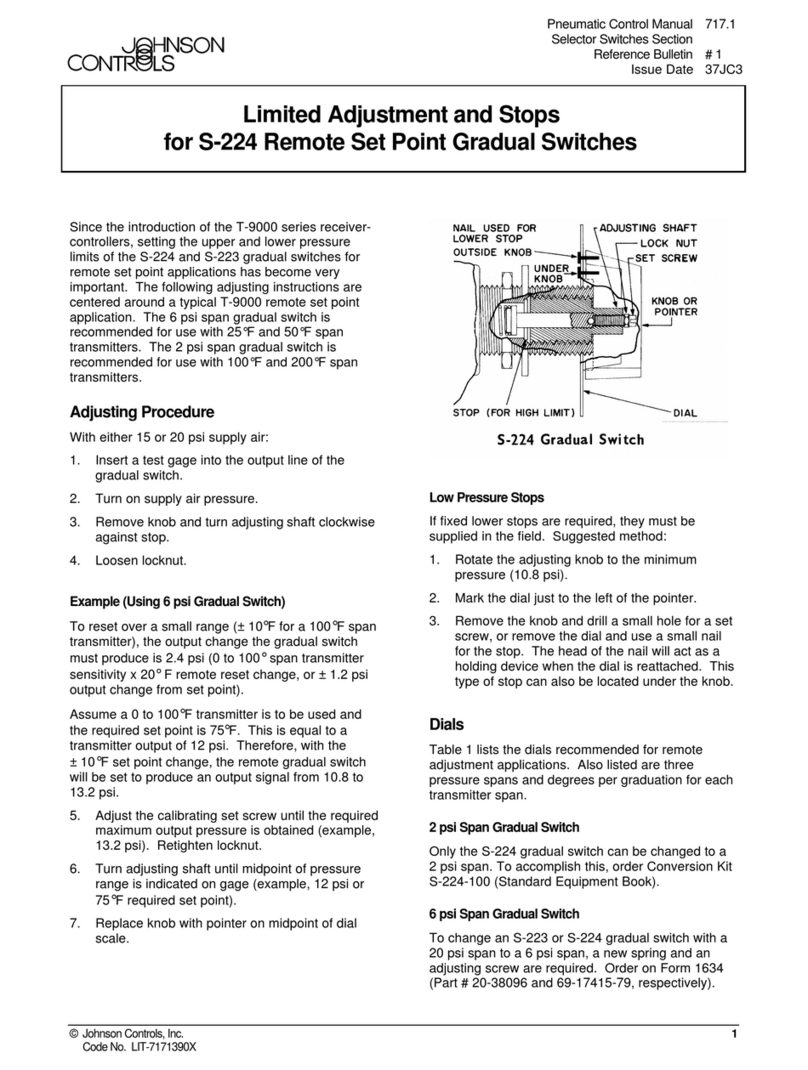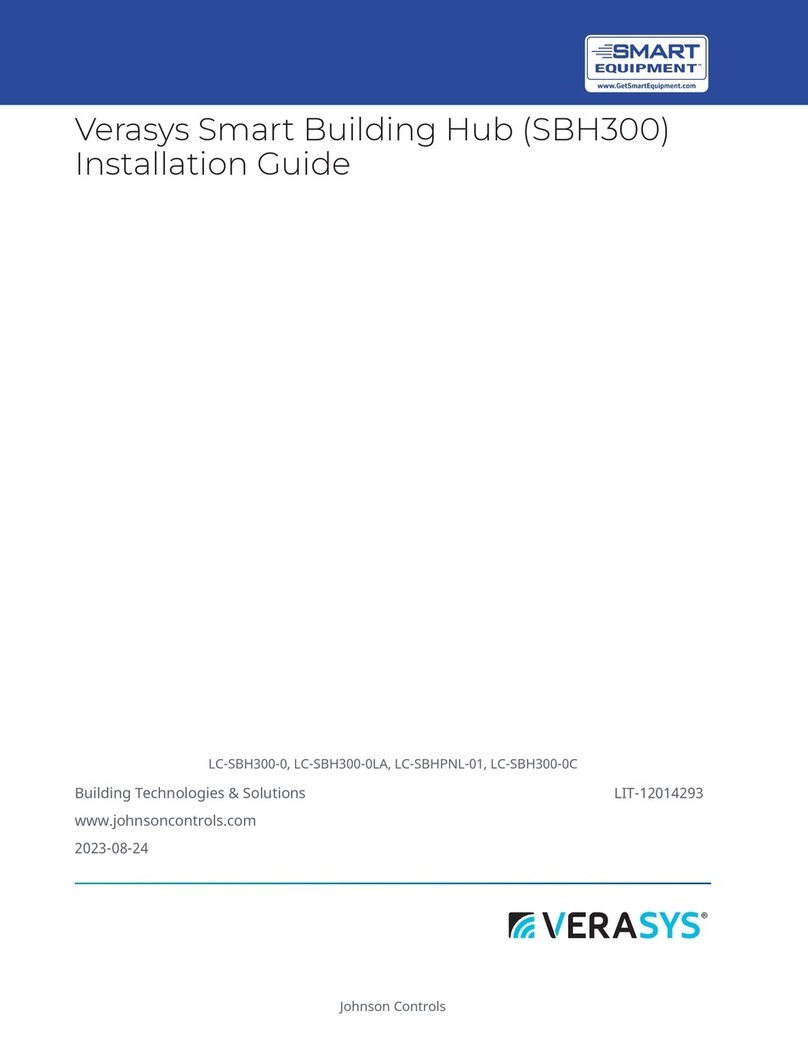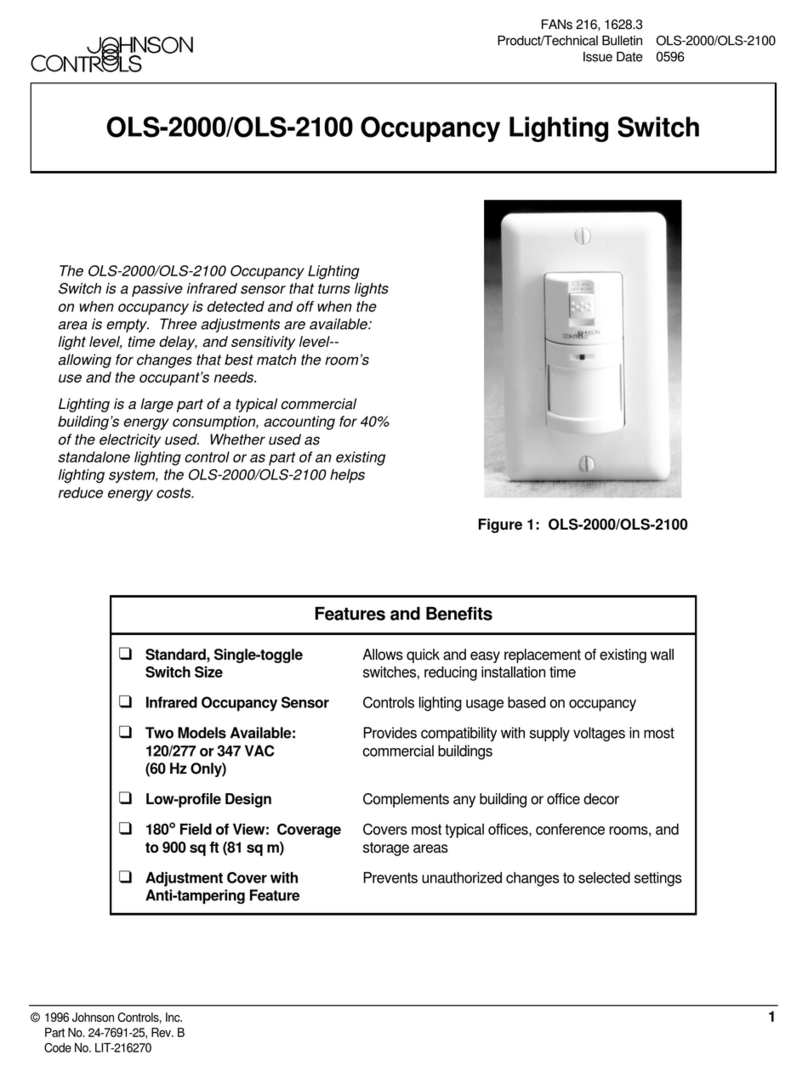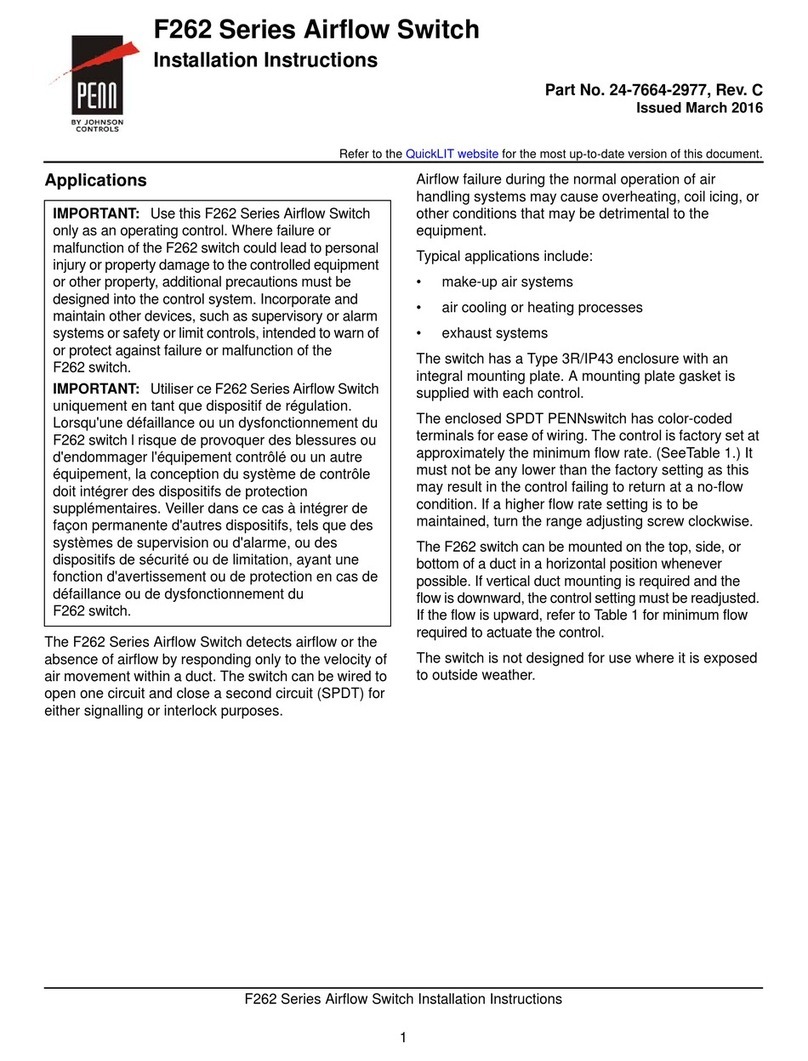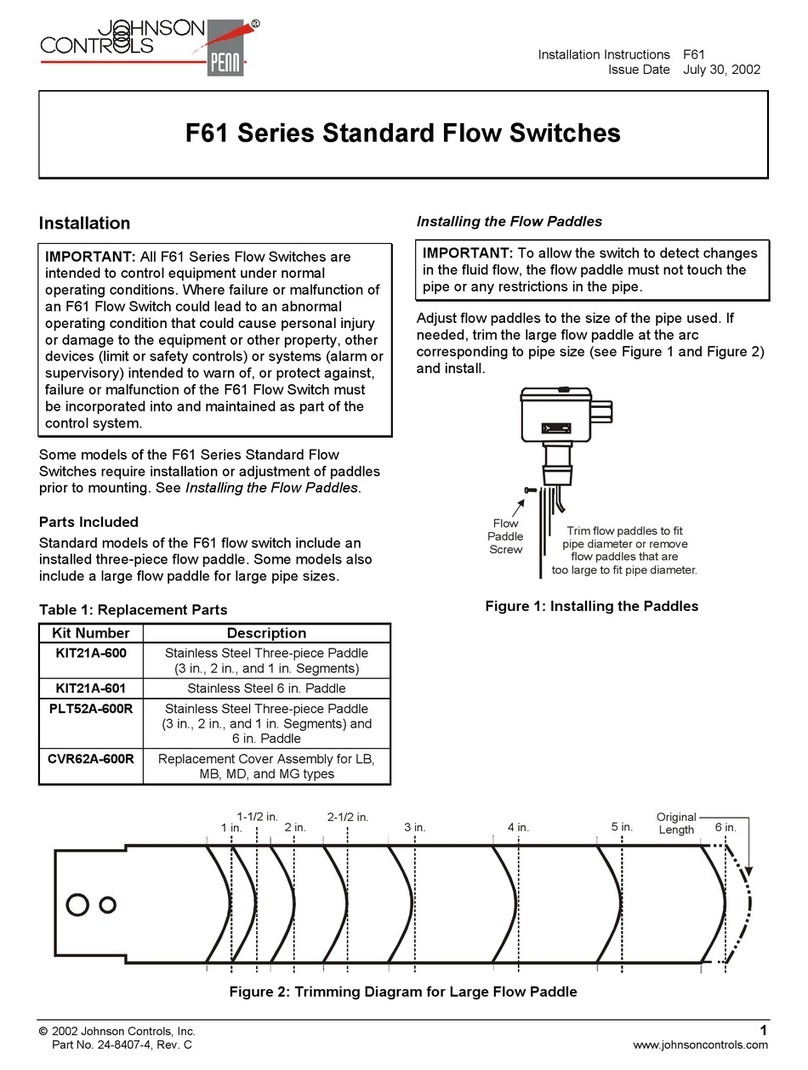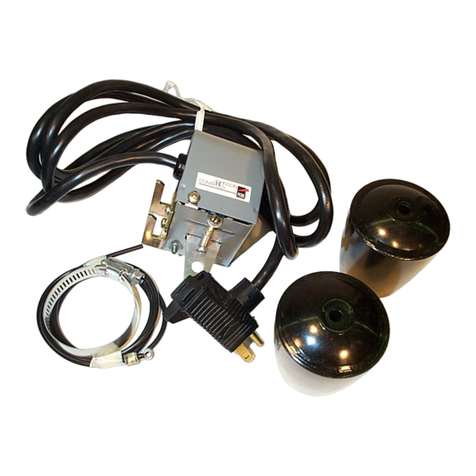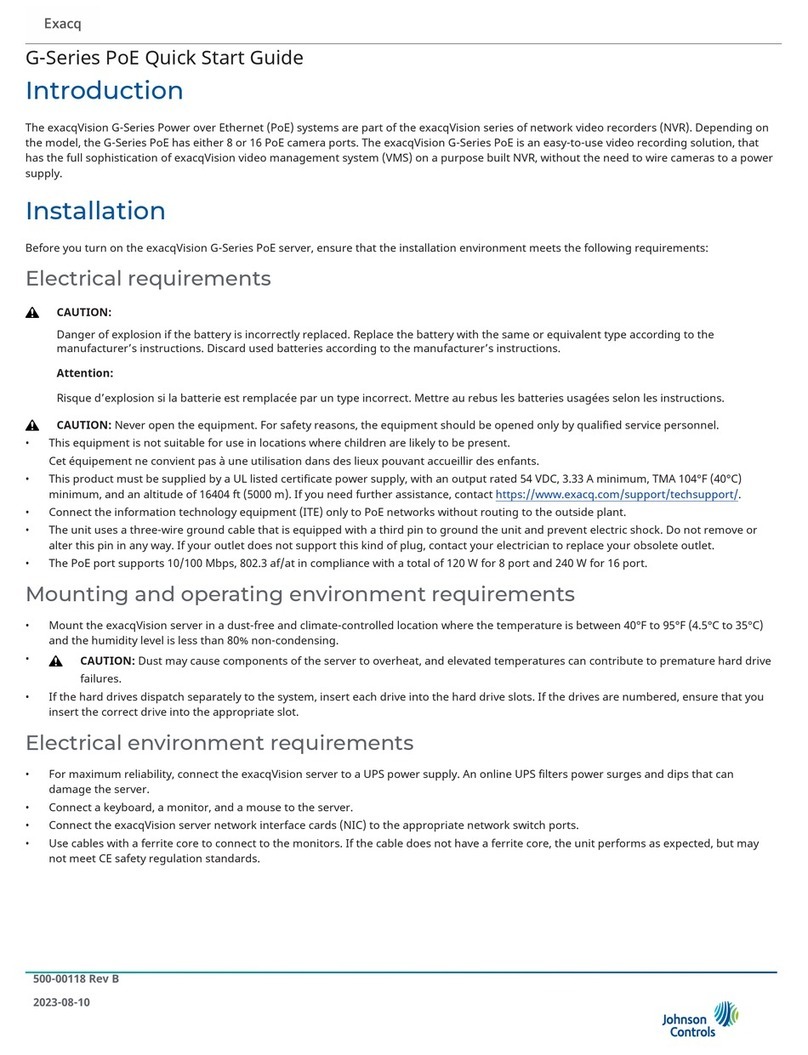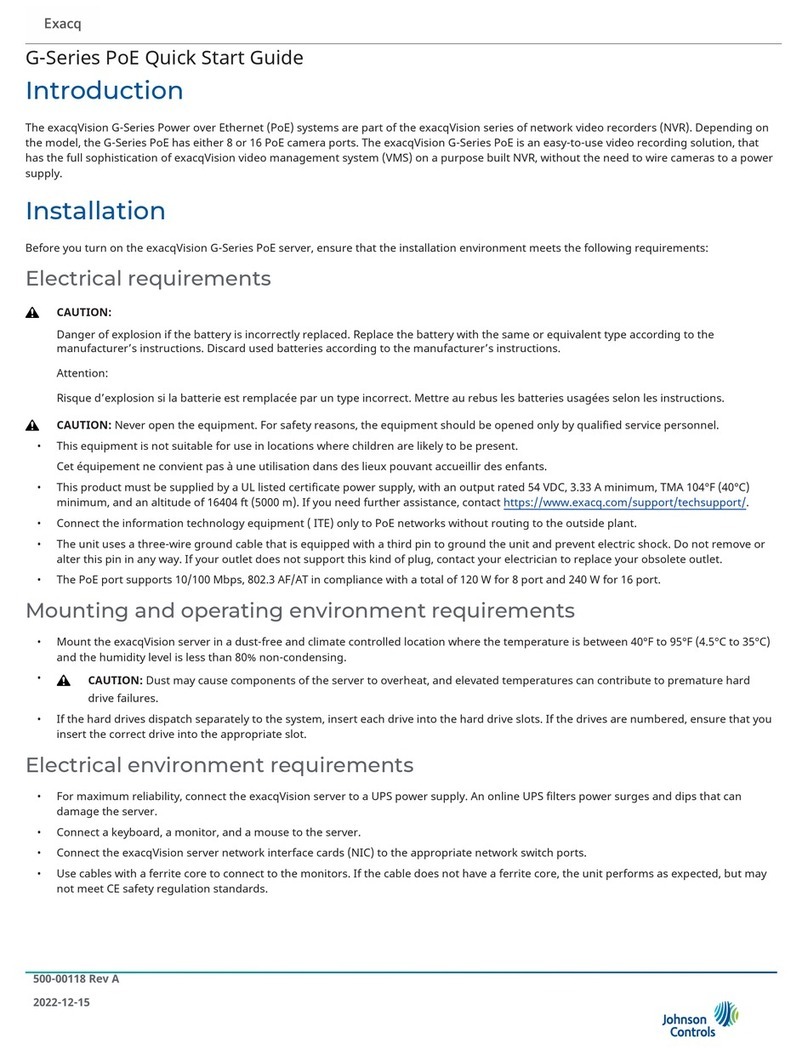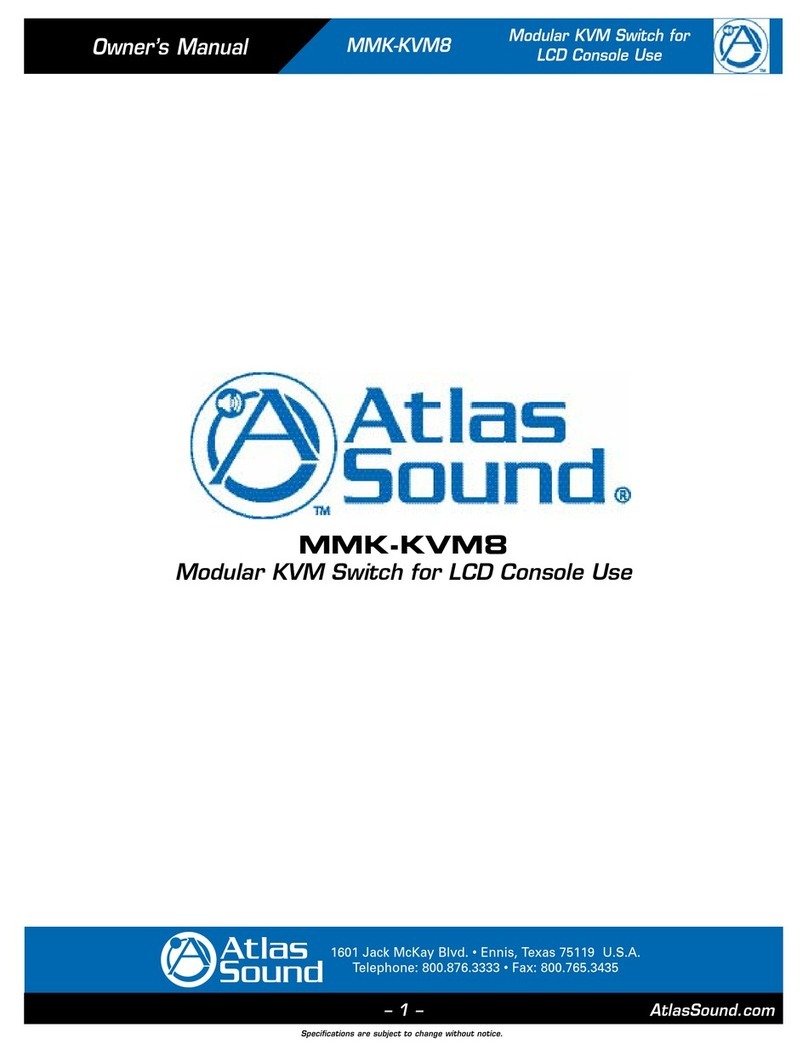
CSDECM-ADJ Series ECM Adjustable Current
Switch Installation Guide
Introduction
An electrically commutated motor (ECM) has an energy
saving capability for applications that do not require
the motor to always run at full speed. This enables the
equipment to reduce the speed of the motor.
Figure 1: CSDECM-ADJ0 ECM Current Switch
DANGER
Failure to follow these instructions can result in
death or serious injury.
Hazard of electrical shock, explosion, and arc flash.
Important:
• Follow all requirements in NFPA 70E for safe work
practices and for personal protective equipment
(USA) and other applicable local codes when you
install this product.
• Only qualified electrical personnel should install
this product.
• Read, understand, and follow all instructions
thoroughly.
• Install only on insulated conductors.
• Lock out and tag all power sources prior to
installation. Use a correctly rated voltage sensing
instrument to determine that no voltage is
present.
WARNING
Failure to follow these instructions may result in
death or serious injury.
Automated equipment may start without warning.
Equipment monitored or operated by this device may start
without warning. Keep clear of apparatus at all times.
Important:
• This product is not intended for life-safety
applications
• Do not install in hazardous or classified locations
• The installer is responsible for all applicable codes
• You must install this product in a suitable electrical
enclosure
Calibration and operation
The standby current draw of an ECM from the on-board
electronics ranges from 250 mA to 500 mA and varies by
manufacturer. This standby current can sometimes cause
a sensitive current sensor to be ON even when the motor
is not running, which gives a false indication. To prevent
this, the turn-on current of the current sensor must be
higher than the ECM standby current.
The Johnson Controls® adjustable turn-on ECM Current
Switch enables you to set or adjust the appropriate turn-
on threshold for your application. Set the dial so that the
turn-on current is slightly higher than the ECM standby
current.
Figure 2: ECM sensor output
Callout Description
A ECM monitored load
B ECM sensor setpoint, adjustable to prevent
detection of standby current
C Energized
D Sensor output
E Unloaded ECM inverter, for example 120 mA
On startup, the sensor output closes when the monitored
current exceeds the dial setting, and opens if the
monitored current is below the dial setting minus the
fixed hysteresis value of the current switch. For motors
with an expected running current of 0.5 A or less, you
may need several wraps of the conductor to enable the
CT to adequately read the difference between the standby
current and a run state.
LIT-12013530
2023-02-02
CSDECM, CRCSDP

